How to Cross-Train at the cable park: Ep 1
Cable parks have been around since 1959. Since their inception in Germany. They have been popping up all over the world. In fact, there's a good chance you’re just a short drive from one yourself.
The cross over from cable to kite is undeniable. Whether you're an absolute beginner or a seasoned rider working on that next trick.
Here at MACkite, we have been doing lessons almost as long as the sport of kiteboarding has been around. In 2010, the first 2.0 cable wake boarding system opened for business in West Michigan. It didn't take long for us to see the benefit of taking our kiteboarding students there to work on board skills.
In 2016 Action Water Sports opened the area’s first full circuit cable park! This year we're stoked to endorse the crossover as an official part of our post lesson program. If you’re about to take a lesson or you already have. This video will walk you through the basics. All the skills needed to develop a foundation in either sport.
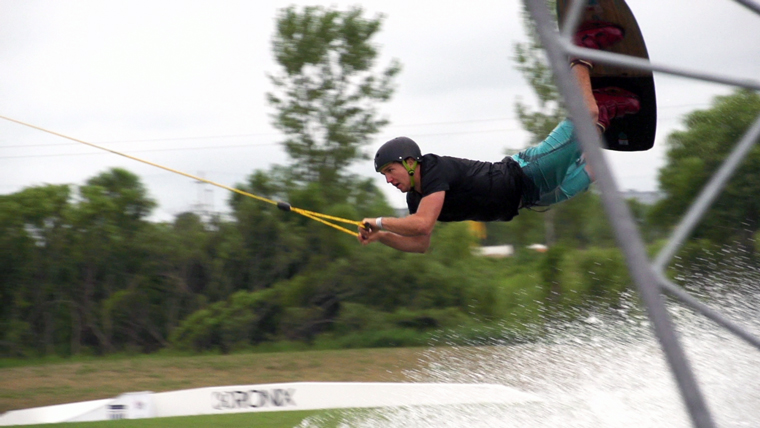
For those of you that live elsewhere, you can use this great webpage to locate a cable park near you.
Each lesson in this kiteboarding to cableboarding crossover series will start with a slide covering the key skills that cross over to kiteboarding. Followed by instruction from Scott Ferwerda, a long time pro wakeboarder and cable operator. Future videos will cover how to apply these skills to your kiteboarding. This chapter will cover some of the most basic board skills that can be learned at the cable park. These will be especially useful if you are new to kiteboarding or have little to no experience on a board.
Let's start with some fundamentals. You can learn some amazing tricks at the cable park, tricks that will translate back to kiteboarding. That said, you will need to develop your fundamentals first. Many would-be kiteboarding students have no board skills to speak of. Every lesson I have taught, I talk about the 30 hour rule. That is ten hours flying the kite, ten hours on the board and ten hours putting it together. Almost immediately my students ask, "how do I get 10 hours in on the board if I can't even fly the kite yet?" That's usually when I smile and talk about cross training at a cable park.
So how do you get started riding cable?
The first thing you need to work on is getting started. There are three basic ways to get off the dock. Namely, the Sliding start, the seated start and the jump start.
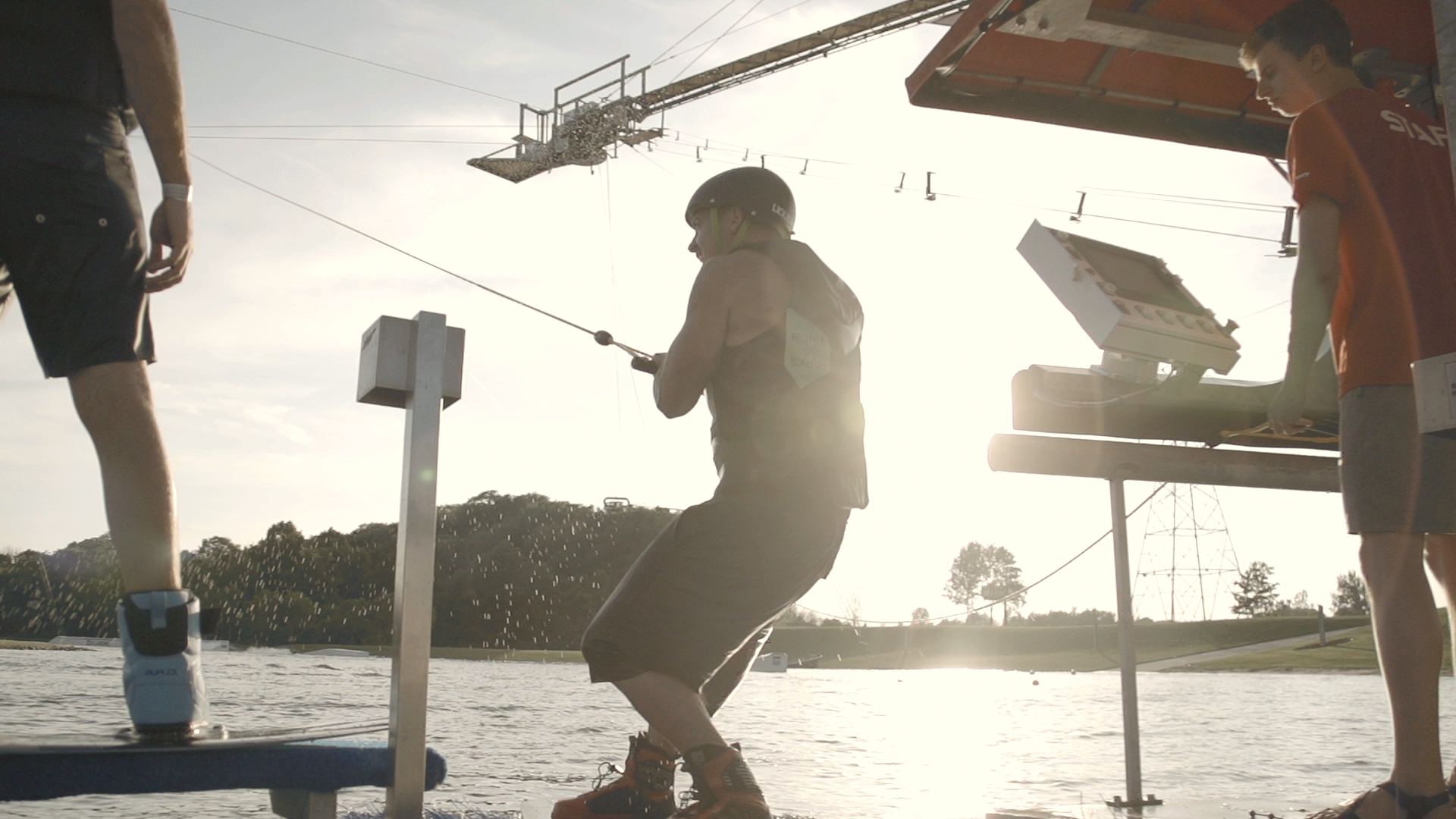
A few key points to remember are
- Keep the handle close to your lead hip.
- Count to three after the carrier clicks
- Let your body go with the pull from your shoulders.
The main difference between the dock start and kiteboarding is that you will not want to edge as hard against the cable. I see this happen to experienced kite boarders all the time. While the sports are similar, you want to use a softer edge and learn to ride more akin to snowboarding or wake boarding. Don't worry, this small difference will not hinder your ability to kite.
For those of you not familiar with board sports your going to want to figure out if you are regular or goofy foot.
Regular is when you prefer to ride with your left foot forward, while goofy is riding with your right foot forward. Neither way is better than the other, its simply a preference like being right or left handed. You can figure out your stance by recreating the sock scene in risky business. For those of you who weren't around in the 1980s, slide across the floor in your socks and look at your feet. What ever foot naturally takes the lead is most likely your preference.
Now that we got that out of the way lets talk about heel side and toe side. When riding any kind of board your going to need to edge to control speed and make turns. This is done by using the edge of your board. To ride heel side your chest will be facing your direction of travel and the heel side edge of your board will be in the water.
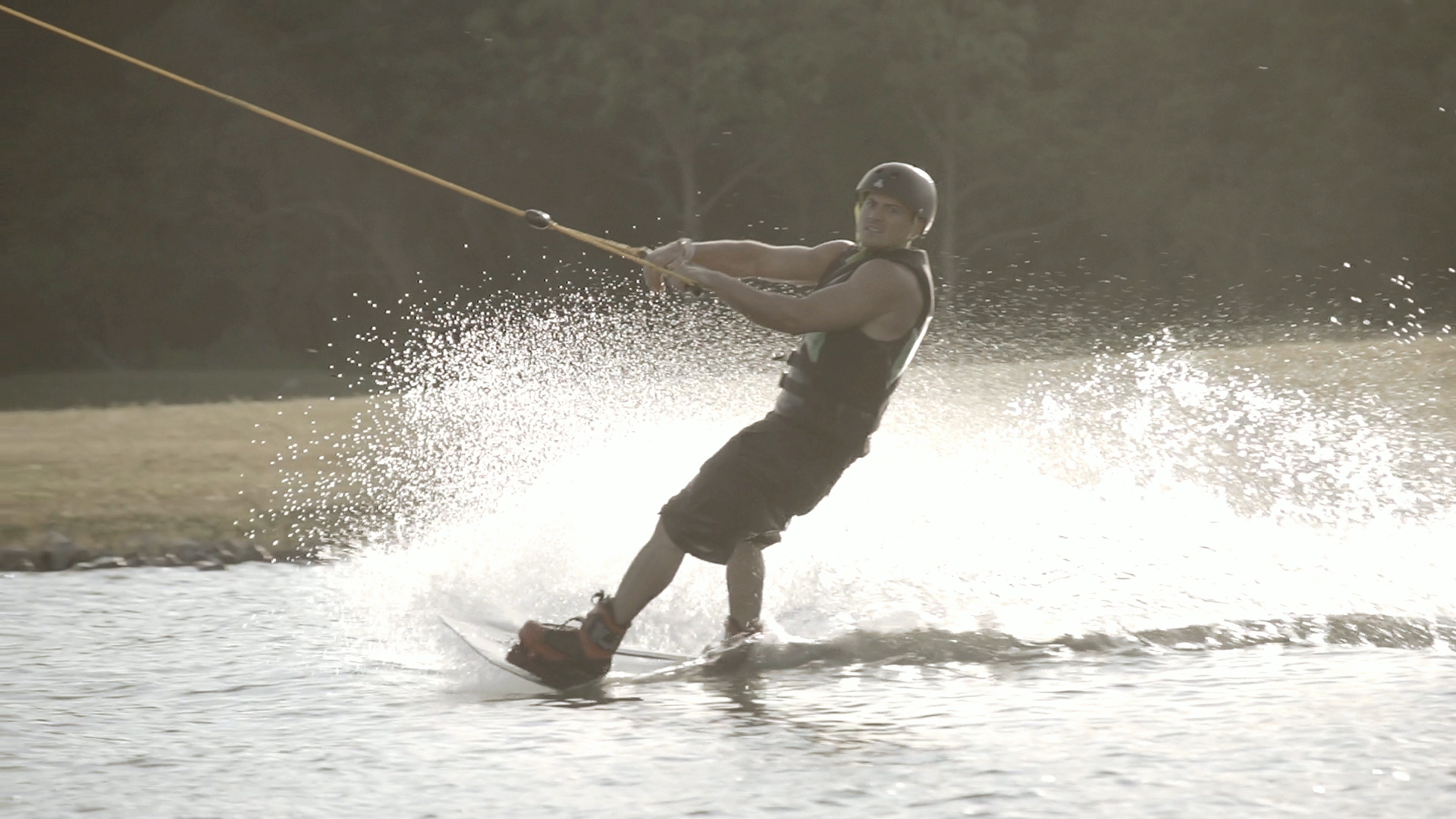
Riding heel side on the cable.
Conversly when riding toeside your back of your lead shoulder will be facing your direction of travel and the toe side edge of your board will be facing the water.
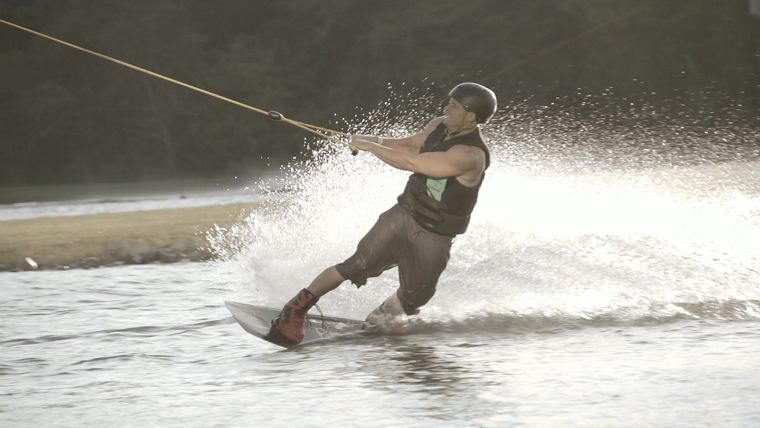
Riding toe side.
Chances are you are going to fall your first few attempts. Don't sweat it, thats the beauty of training here. You can try as many times as you like for as many consecutive days your body will allow. I should mention that cable riding is a little harder on the body than kiteboarding. Not that isn't accessible to most people, Just that kiteboarding can be much more relaxing when riding hooked in. What is so great about crashing at the cable parks is that when you fall, you simply swim back to shore, get in line and try again. I do want to address crashing. For some odd reason new kiteboarders and even some experienced riders are deathly afraid of crashing and dropping the kite. Crashing is the most important factor in learning and frankly its actually kind of fun. Learning to fall at the cable park will help you get that bad habit out of your system. Remember if your not crashing, your not progressing, period! All that said, once you get accustomed to riding, the next thing you will need to learn is how to take the corners. We have a brief video covering this topic as well. you can check out the second installment here.
This video will break down the finer details for learning how to take the corners at the cable park.
Taking the corners:
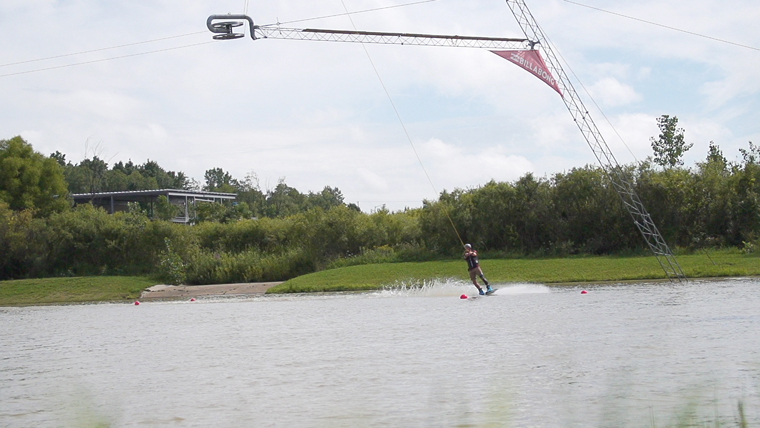
A few key pointers are
- Keep that handle close to your lead hip.
- Stay in between the buoys
- Control your speed by letting off your edge just a little before you enter the buoys.
Like the Dock start, your first corner can be a little intimidating. After about a session or two, it should be no problem at all. Keep practicing. On benefit here that will translate back to the kite is corners can be fast. This will train you to maintain control when you have a lot of board speed.
After you master taking the corners,I recommend you learn to ride switch. All that means is riding with your unnatural foot forward. After all, in kiteboarding you have to be able to ride in both directions. Personally I find this a lot easier on the kite. For some kiteboarers this will be all the cross-training they will need to get out and dive into kiteboarding.
For others, people looking to obtain a higher level, or those looking to delve into Wakestyle. Unless you live in a constantly windy location such as Hood River Oregon or Cape Hatteras North Carolina, progressing at the cable park is an absolute must. Learning advanced tricks can and should take years, that's part of the fun! The progression never ends. Even so, you can speed up the process or break through by cross training at the cable park. While I still find kiteboarding infinitely more liberating and fun than the cable park, you can bet I make cable riding a regular part of my weekly routine.
Thats it for this post. I'll drop another video next week with breaking down the intermediate skills you can learn in both sports. After that we'll start getting into some really fun stuff, working our way into cross training for advanced tricks.
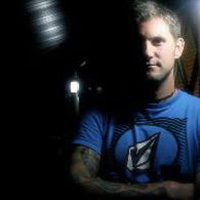
Ryan (Rygo) Goloversic
Many people dream of quitting their job, traveling the world and pursuing their passions. Rygo is one of those people. About eight years into a postal career, he decided to change everything and travel as a freelance videographer & writer. This took him from coast to coast and a variety of countries. Nowadays you can catch him on the phones, doing lessons, or working on videos. Of course, he still makes a point to travel as often as possible. He is passionate about helping people and sharing the stoke with his customers and students alike.
Recent Posts
-
North Navigator Pro Quick Release | How to Swap Yours Out With Ease
What You Need Before starting the replacement process, ensure you have all the necessary t …18th Apr 2024 -
Foil Drive | Essential Tips to Supercharge Your First Session
The Foil Drive makes your foiling life easier. You'll get up easier and catch more waves, …17th Apr 2024 -
2024 Duotone Slick Wing Review | What's New in This Year's Model?
The Duotone Slick has been a favorite of many for several years. Pros love it for its speed, …15th Apr 2024




